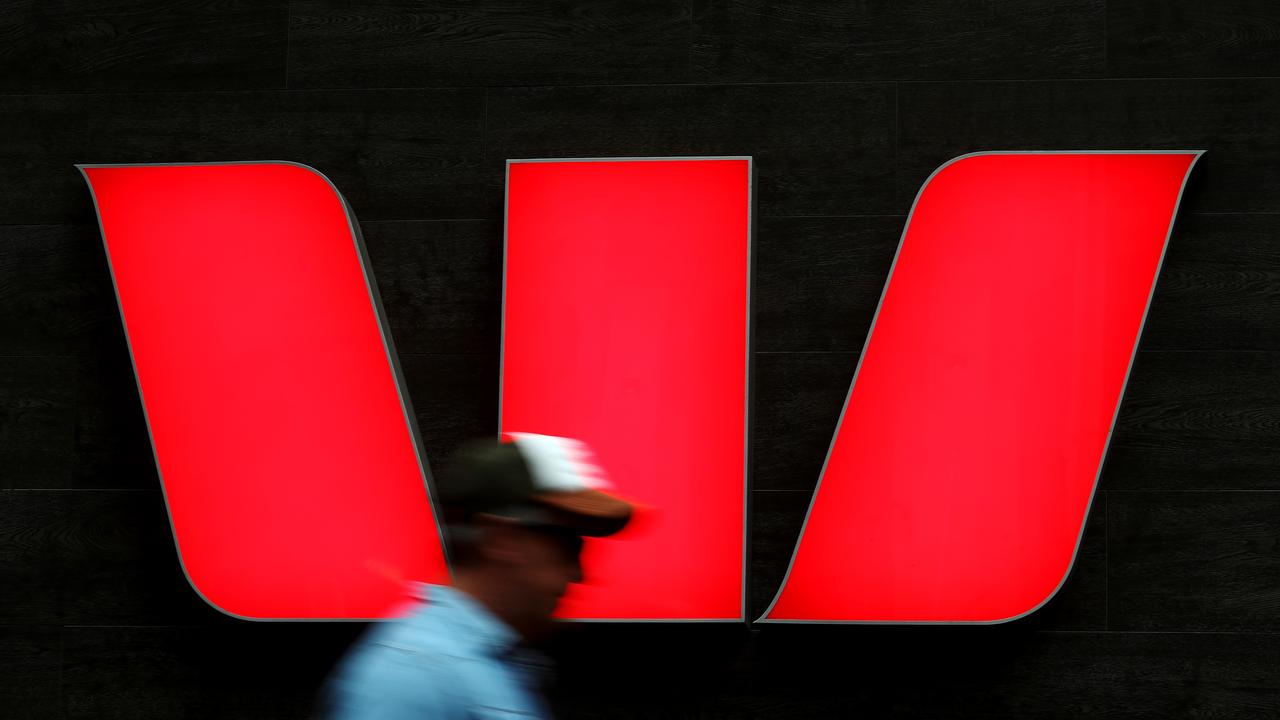A yearning for earning puts poor performers in danger
Until recently annual results have been all about dividends ... now the market is back to focusing on profits.

Since the post-GFC recovery took hold in Australia in 2010, investors have been able to assume earnings will gently improve year on year. As a result, it’s been dividends — not earnings — that have got the lion’s share of attention. No more.
Unfortunately, it now looks like the hunt for yield obscured one infallible aspect of all markets ... stock prices don’t keep going up unless profits (earnings) go up too.
In the weeks ahead, virtually every important company (except three banks — ANZ, NAB and Westpac) will report half-year results and if they “don’t make their numbers”, they are going to get sold off sharply.
Already this week we got a taste of things to come: Ansell, a medium-sized industrial company, downgraded its results forecast and lost 20 per cent in one day. In an extreme example last month the law group Shine said profits would be 50 per cent lower than expected and promptly lost 75 per cent of its market capitalisation.
It seems after several years of looking largely at the income stocks can muster, the market has turned again to the issue of the actual earnings the companies behind those stocks can produce. And though there are periods where investors underpay for earnings (2010-2012) and times when they overpay (2014), the market tracks profits — or to be precise, the purest of all profit measures, earnings per share.
As Doug Turek of Professional Wealth has observed the essential reason we have a stockmarket drifting at a level that is 20 per cent below where it was eight years ago in 2007 (ASX 6700) is that the profits made by Australian companies now are 20 per cent lower than they were back then.
It’s difficult to believe that profits have actually diminished so dramatically, but then it’s difficult to believe that iron ore was $US200 a tonne and is now less than $US40, or that oil was $US145 and is less than $US40 a barrel today. As David Cassidy of UBS put it: “While trends appear decidedly grim, this is overwhelmingly driven by a collapse in resource sector earnings.”
But earnings are the crux of the situation ... in the long run, the market doesn’t lie. That’s why the US market has sailed considerably higher than we have in the last seven years, because Wall Street has seen the uptick in earnings from America’s greatest companies to justify that rise. And so with this sudden and severe focus locally on earnings rather than dividends, the looming reporting season is going to be exceptionally relevant to the future of your share investments and the ultimate outcome for your superannuation.
What’s the prognosis? Brokers are notorious for painting as pretty a picture of the stockmarket as possible and there may well be some “positive surprises” scattered through the market this season, but even so most brokers expect average earnings per share of Australian stocks to fall this year somewhere between 4.5 per cent and 6 per cent.
If this comes to pass it means that our market, which is running at something like historical price average ratios of 15 times, is close to fair value … but that also means it could be sold down much further if the “premium” investors are willing to pay for stocks fades in the face of solid if unimpressive cash returns, better than expected bond returns (Elizabeth Moran reports elsewhere on these pages today that bonds actually beat shares in Australia last year) and the relatively attractive returns from property.
What might we expect in the weeks ahead?
• The trouble spots will continue to be mining and mining-related service. BHP, Woodside, Worley Parsons, Origin Energy.
• Single-stock situations where analysts are fretting over operational results include: Woolworths, IAG and IOOF. There are also questions being asked about justifying current valuations for Primary Health Care, Magellan and Platinum funds management.
• The bright spots may appear in retail, aviation, gambling and entertainment: Qantas, Sydney Airport, JB Hi-Fi, The Star Entertainment Group.
But it’s our giant listed financial services sector that is the mystery this year. Will bank stocks — which represent 40 per cent of the entire stockmarket — hit the rocks? The problem is that we only have quarterly updates from ANZ, NAB and Westpac — so we need to focus on the two banks, CBA and Macquarie, which offer half-year results, for guidance. Then again, CBA is generally seen as the most robust of the big four bank stocks while Macquarie as an investment bank is a very different beast.
When Macquarie CEO Nicholas Moore dared to even mention this week that on the road to a better profit year-on-year it might face some issues which “makes forecasting difficult”, the market sold it off by 5 per cent in a single session. If Ansell, Shine and Macquarie are any guide, it’s not going to be a tough season for earnings ... it will be merciless.
The Australian




Nine times out of 10 the earnings season — the period over February and March when profit results get released — does little to deter investors, but this year it’s going to be crucial.